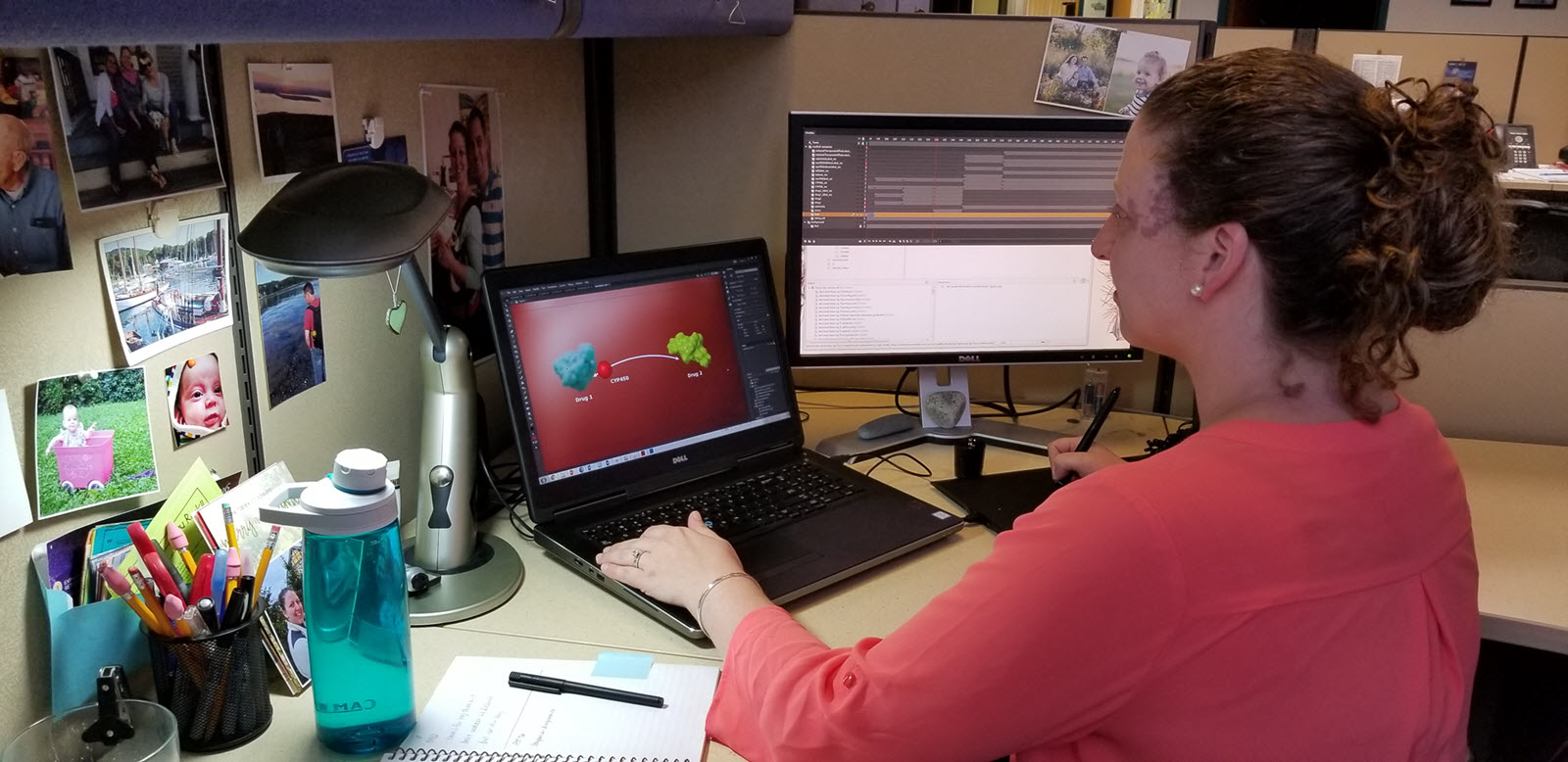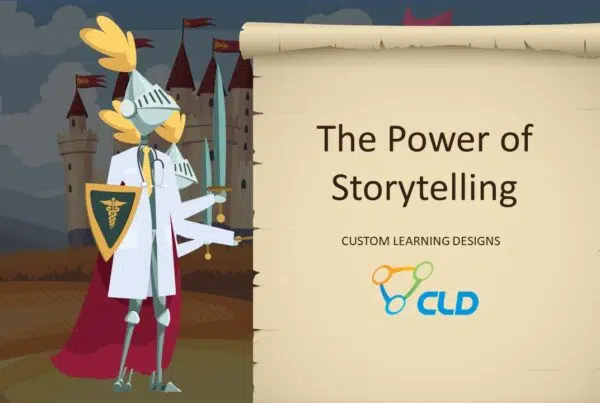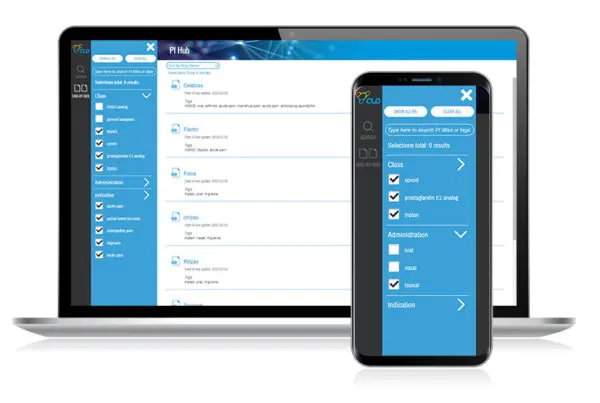Here at CLD we have a team of Medical Illustrators on-site who create the illustrations and animations in a variety of training materials. But how do we impact your materials as a sales trainer?
We know when to use 3-D
The Medical Illustrators here at CLD use a variety of different styles within our work. We have the ability to create illustrations and animations in a variety of different 2-D styles as well as the ever in-demand 3-D. Knowing when to use different styles to engage a viewer or make the biggest impact is crucial to what we do. We work within your budget to make the biggest impact for the learner. Sometimes 3-D can be helpful to convey scientific subject matters…but it’s not always necessary. Sometimes some appropriately styled 2-D artwork can be just as effective! Depending on what concepts we’re trying to teach, and who the learner is, sometimes simpler can be even better!
A cell membrane with GABAA receptors shown in two very different styles (Left: 3-D, Right:2-D)
”...we are able to breakdown complex subjects and visualize that information in a way that it is easier to understand and easier to learn!
We combine art and science…in the best way!
As Medical Illustrators we are educated in life sciences (anatomy, biochemistry, developmental biology, genetics, immunology, neuroscience, pharmacology, and SO many others!) as well as the visual arts. Because of this we are able to combine our artistic talents and our scientific/medical education for the learner’s benefit. We excel at creating illustrations and animations that are interesting and beautiful to look at while also being scientifically and medically accurate. Medical accuracy is SO important to what we do, that’s what makes Medical Illustrators unique from other types of artists! We sometimes spend as much time researching a subject as we do animating and illustrating. A simple example, is human DNA. Did you know that DNA only twists one way? So often in marketing and educational materials DNA is misrepresented, but Medical Illustrators know that DNA only twists to the right.
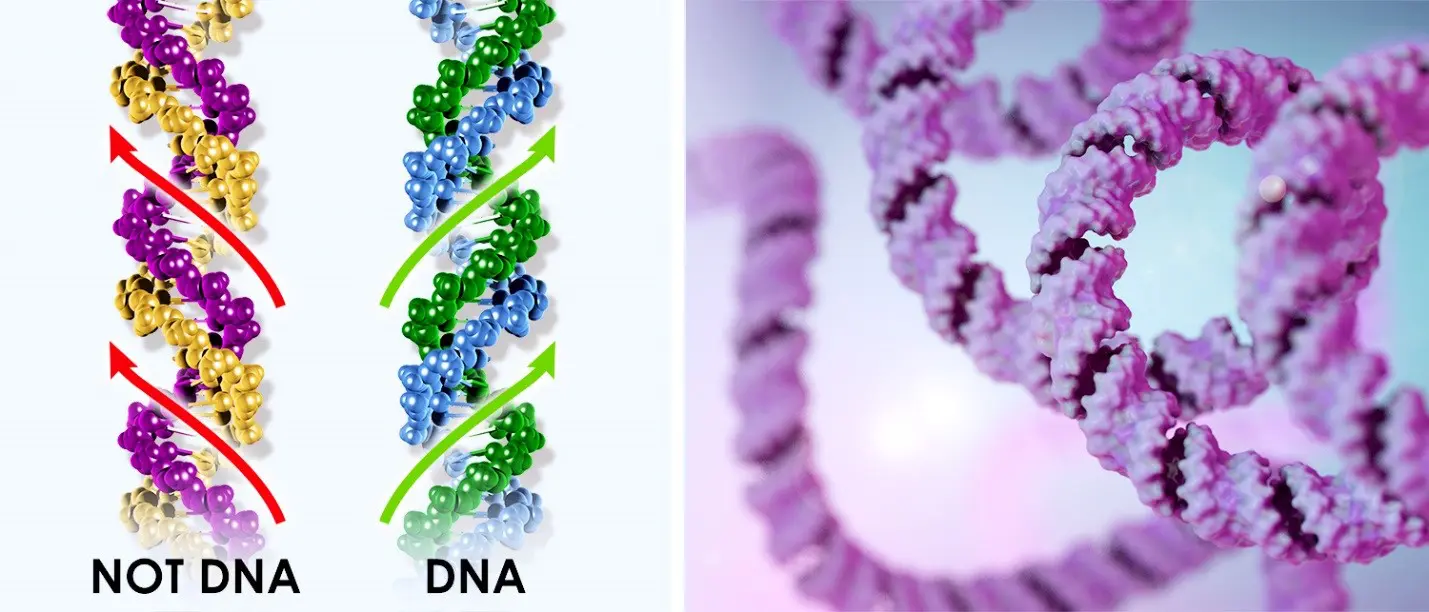
We can breakdown and simplify complex subjects
Medical Illustrators/Animators act as translators. We take complex subjects and represent them visually in a way that is easier to understand. Here at CLD we work with an amazing team of writers and content leads. Combining the expertise of our writing team with the expertise of our medical illustrators, we are able to breakdown complex subjects and visualize that information in a way that it is easier to understand and easier to learn! Cell signaling pathways are a GREAT example. What happens within in a cell is awesome and amazing…and can be overwhelming! There is SO much going on. When possible, we will visually simplify the content, for the learner’s benefit. We take complex topics and identify what the viewer NEEDS to know.
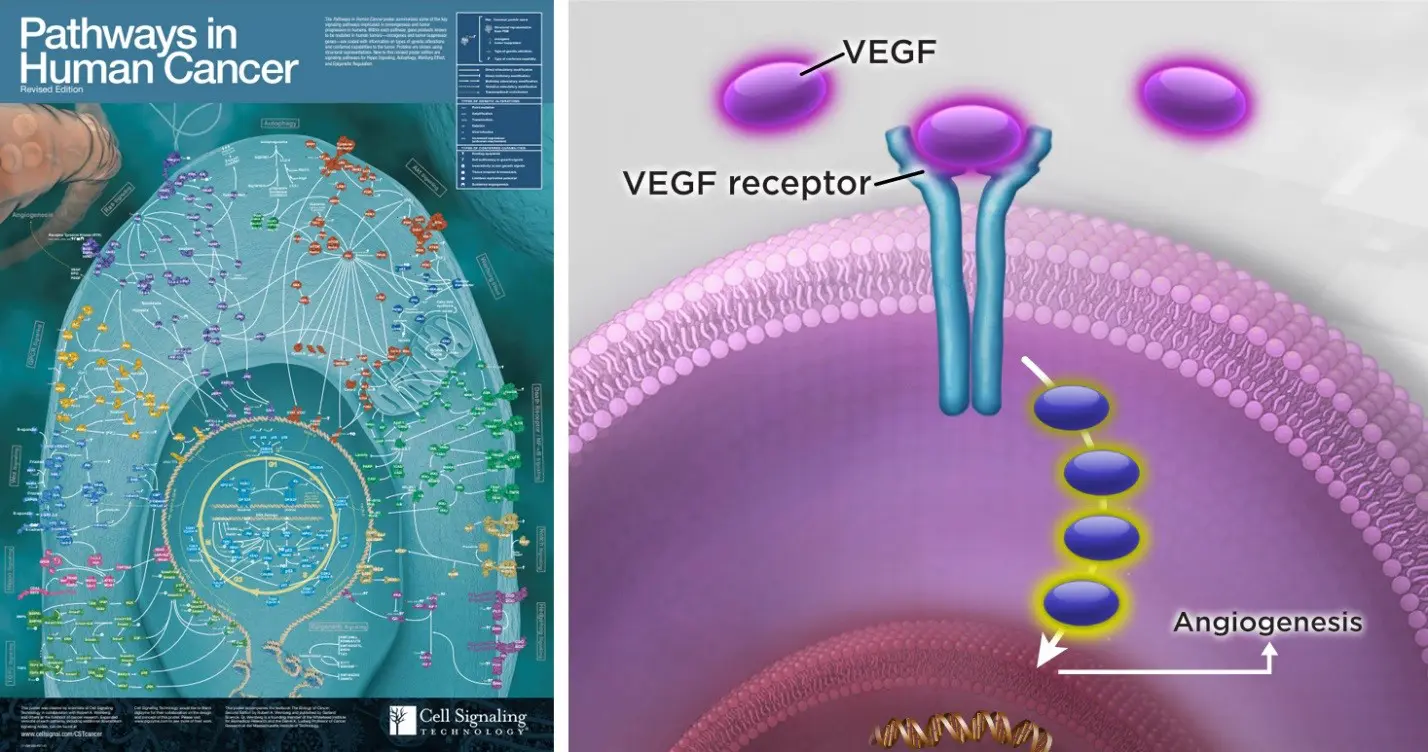
All of these things combine to make our training materials visually beautiful, medically accurate, more engaging, and easier to learn from!

